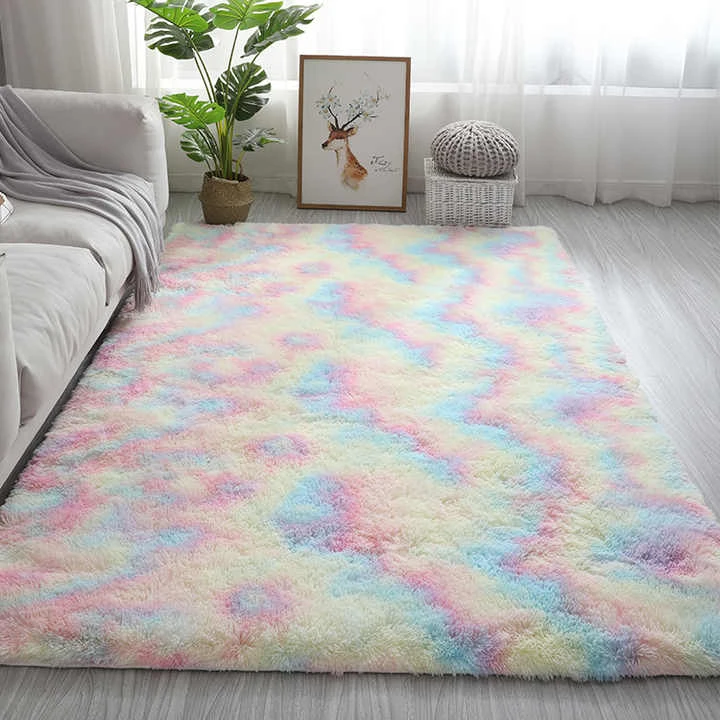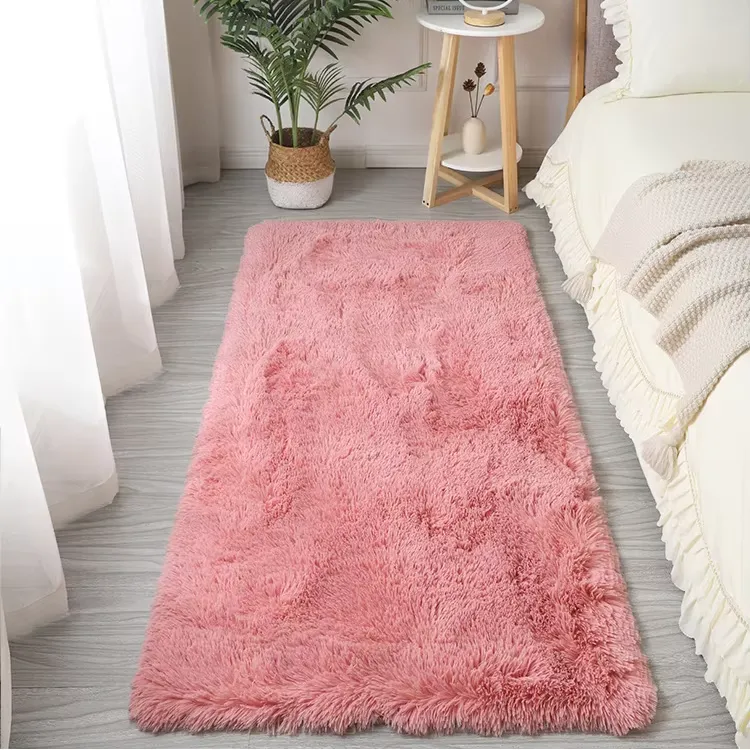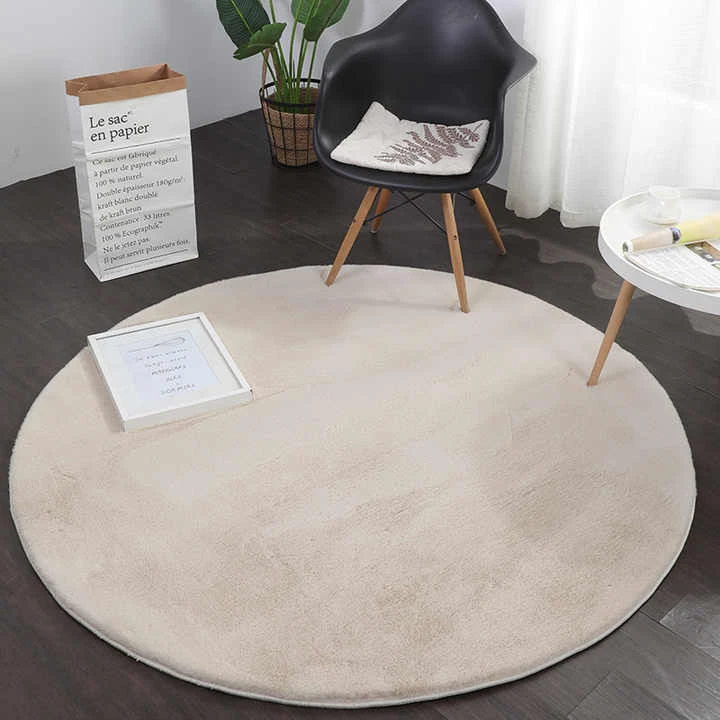

what are the different types of carpet
When diving into the world of carpeting, understanding the variety and distinctive attributes of each type of carpet can significantly enhance your interior design choices. For homeowners and businesses alike, selecting the ideal carpet not only anchors the room’s aesthetic but also influences comfort, durability, and maintenance costs. Here, we explore the diverse range of carpet types, drawing on expertise and experiences to guide your choice with confidence and trust.
5. Nylon Carpet Nylon is lauded for its strong resistance to wear and tear, flexibility in coloration, and ease of maintenance. Its robust construction allows it to withstand high foot traffic, making it an excellent choice for hallways and family rooms. Additionally, with advanced stain treatments, modern nylon carpets can resist spills and stains effectively, enhancing their longevity. 6. Polyester Carpet Known for its vibrant color retention and affordability, polyester is an appealing option for budget-conscious buyers. While it is not as durable as nylon, advancements in fiber technology have made polyester carpets significantly more resilient, suitable for bedrooms and other low-traffic areas. Its resistance to moisture also makes it a commendable choice for basements. 7. Olefin Carpet Olefin, or polypropylene, offers exceptional stain resistance and handles both sun exposure and moisture without fading or degrading. This makes it ideal for outdoor settings or basements. While not as soft as nylon or wool, olefin is an economical choice that offers longevity in spaces where weather conditions or exposure might be of concern. Selecting the right carpet is a balance between the functional demands of the space, personal style preferences, and budget considerations. From the luxurious warmth of wool to the cost-effective resilience of olefin, every carpet type serves a unique role. Industry trust is built upon the transparency of these qualities, and our expertise allows us to recommend solutions that marry form with function effortlessly. The decision-making process should synthesize personal experience, the nuanced differences among carpet types, and an understanding of how each will respond to your specific environmental conditions. A seasoned flooring professional can provide comprehensive insights into the lifespan, maintenance, and installation nuances of each type, ensuring that your carpet not only complements the space aesthetically but also stands the test of time. This knowledge establishes a foundation of credibility and authority, transforming your carpet choice into a well-informed investment.


5. Nylon Carpet Nylon is lauded for its strong resistance to wear and tear, flexibility in coloration, and ease of maintenance. Its robust construction allows it to withstand high foot traffic, making it an excellent choice for hallways and family rooms. Additionally, with advanced stain treatments, modern nylon carpets can resist spills and stains effectively, enhancing their longevity. 6. Polyester Carpet Known for its vibrant color retention and affordability, polyester is an appealing option for budget-conscious buyers. While it is not as durable as nylon, advancements in fiber technology have made polyester carpets significantly more resilient, suitable for bedrooms and other low-traffic areas. Its resistance to moisture also makes it a commendable choice for basements. 7. Olefin Carpet Olefin, or polypropylene, offers exceptional stain resistance and handles both sun exposure and moisture without fading or degrading. This makes it ideal for outdoor settings or basements. While not as soft as nylon or wool, olefin is an economical choice that offers longevity in spaces where weather conditions or exposure might be of concern. Selecting the right carpet is a balance between the functional demands of the space, personal style preferences, and budget considerations. From the luxurious warmth of wool to the cost-effective resilience of olefin, every carpet type serves a unique role. Industry trust is built upon the transparency of these qualities, and our expertise allows us to recommend solutions that marry form with function effortlessly. The decision-making process should synthesize personal experience, the nuanced differences among carpet types, and an understanding of how each will respond to your specific environmental conditions. A seasoned flooring professional can provide comprehensive insights into the lifespan, maintenance, and installation nuances of each type, ensuring that your carpet not only complements the space aesthetically but also stands the test of time. This knowledge establishes a foundation of credibility and authority, transforming your carpet choice into a well-informed investment.
Products

Can't Find The Carpets Wholesale And Services You Need?
If you need our help,
Our staff will be happy to help and answer your questions!

Variety
Carpets come in a wide range of colors, patterns, and textures to suit different styles and preferences.

Softness
They offer a plush, soft feel underfoot, adding comfort to any room.

Durability
Quality carpets are designed to withstand heavy foot traffic and last for years with proper care.

Maintenance
Carpets require regular cleaning, such as vacuuming and occasional deep cleaning, to maintain their appearance and hygiene.
Address
Floor 724 ,Building 7, No. 10, Tatan International Trade City, 118 Shengli South Street, Qiaoxi District, Shijiazhuang City, Hebei Province
Business Hours
Mon to Saturday : 8:00 am - 7:00 pm
Sunday & Holidays : Closed

















